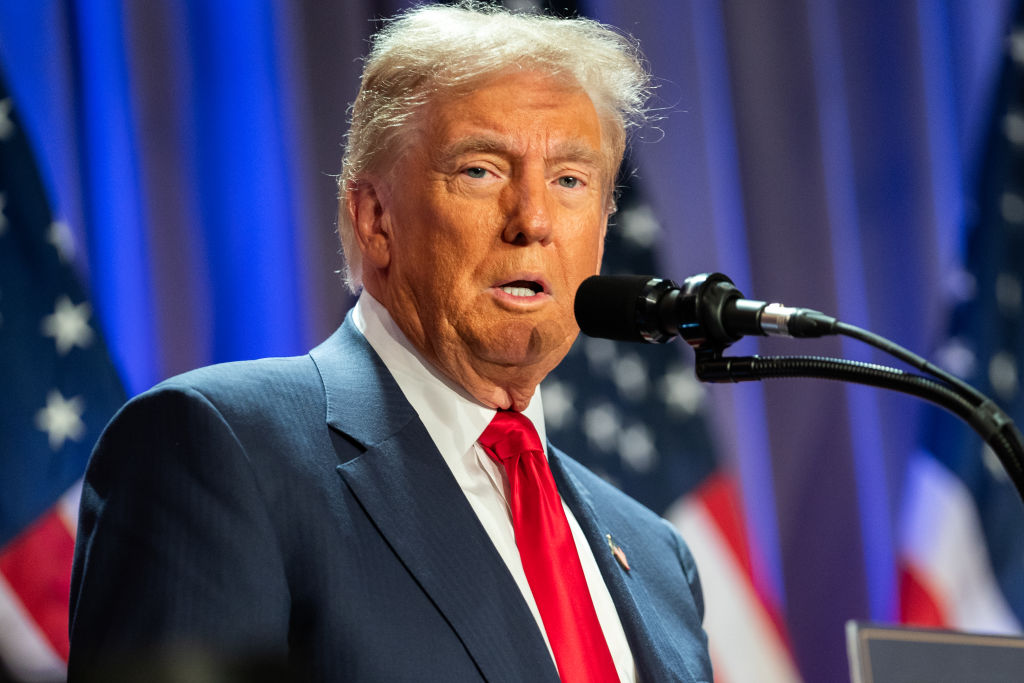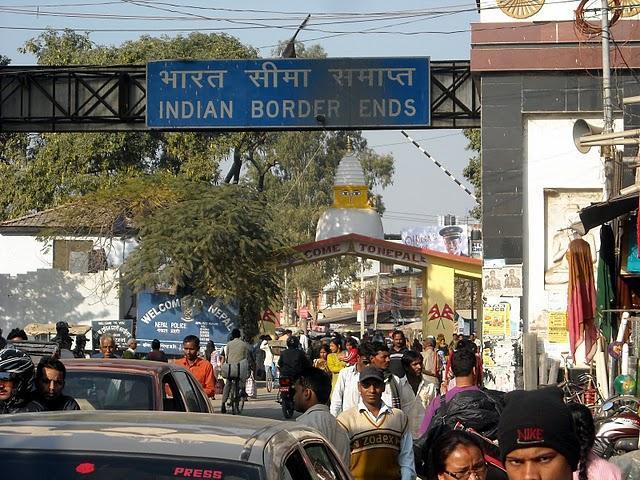President-elect Donald Trump on Monday pledged significant tariffs on the United States’ three largest trading partners—Canada, Mexico, and China—detailing his plans to implement campaign promises that could potentially trigger trade wars.
Trump, who will take office on January 20, 2025, announced he would impose a 25% tariff on imports from Canada and Mexico unless they take stronger action to curb drugs, especially fentanyl, and halt illegal migration. This move could violate existing free-trade agreements.
He also revealed plans for an additional 10% tariff on imports from China, marking some of his most specific comments about his economic agenda since winning the Nov. 5 election on promises to “put America first.”
“On January 20th, as one of my first Executive Orders, I will sign documents to charge Mexico and Canada a 25% tariff on all products entering the United States, and address its ridiculous open borders,” he posted on Truth Social.
Despite record migrant arrests under President Joe Biden, illegal border crossings have significantly dropped this year due to new restrictions and increased enforcement by Mexico.
Trump’s tariff proposals could disrupt industries, particularly those reliant on Mexico as a manufacturing base for the U.S. market. This could affect many Asian auto and electronics manufacturers. His tariff plans also seem to contradict the U.S.-Mexico-Canada Agreement (USMCA), signed into law in 2020, which ensures largely duty-free trade between the countries. The agreement includes a “sunset” provision, which could allow Trump to renegotiate it in 2026.
After issuing his tariff threat, Trump spoke with Canadian Prime Minister Justin Trudeau to discuss trade and border security. A Canadian source indicated the conversation was productive, and they agreed to remain in contact.
Trump’s threatened tariffs could serve as leverage to prompt renegotiations of the USMCA, said William Reinsch, a former president of the National Foreign Trade Council. “This strikes me more as a threat than anything else,” he said.
Mexico’s Ricardo Monreal, leader of the ruling Morena party, advocated for using bilateral mechanisms to address issues like human trafficking and drug trade, warning that escalating trade retaliation would only harm consumers.
Trump’s announcement led to a rally in the U.S. dollar, which rose 1% against the Canadian dollar and 2% against the Mexican peso, while Asian and European equity markets fell.
On China, Trump criticized Beijing for not doing enough to stop the flow of illicit drugs into the U.S. from Mexico, threatening a 10% tariff on Chinese imports.
A Chinese embassy spokesperson responded, stating that China-U.S. trade cooperation is mutually beneficial and emphasized that no one wins a trade war. The spokesperson added that China had already taken steps to limit fentanyl-related exports.
Trump has previously threatened to end China’s most-favored-nation trading status and impose tariffs as high as 60% on Chinese imports.
Trump’s tariff proposals, including the potential invocation of the USMCA’s six-year review provision in 2026, have sparked concerns about a significant shift in U.S. trade policy. Economists warn that such tariffs could inflate costs, disrupt global trade, and impact U.S. businesses and consumers.
(Reuters)



















